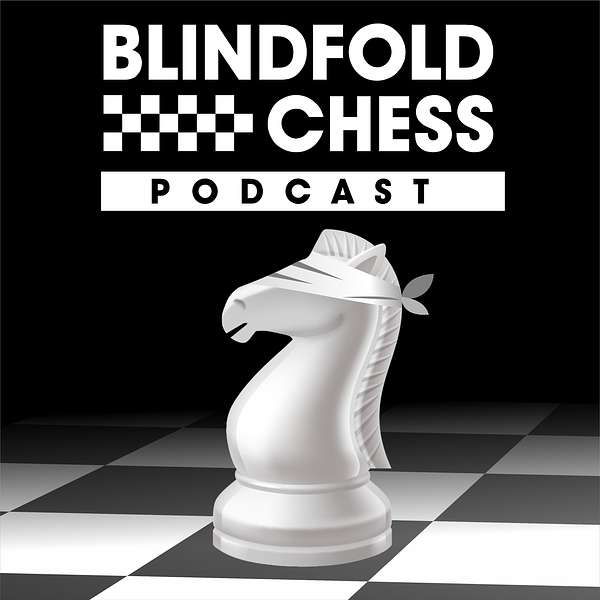
Blindfold Chess Podcast
Blindfold Chess Podcast
S2 E27 Deep Blue
This week, I wanted to look at a relatively new branch of chess - chess computers.
The first ‘chess machine’ built in 1770 was called the Mechanical Turk. The supposed machine would play challengers with various indications that it was a functional machine. In reality, a human operated the machine using ‘The Turk’ as a sophisticated marionette.
You have to jump almost 150 years in the future for the first verified chess computer. El Ajedrecista (ah-he-dre-sis-ta) in 1912 was capable of playing Rook and King versus King endgames - winning every time as well as identifying illegal moves.
The 1950’s started the boom of chess computing, morphing machines into what we see today.
In 1951, Turochamp was invented by Alan Turing and David Champernowne. The two of them helped create the first chess playing algorithm. Turochamp had a built in value of pieces - a pawn (being 1), a queen (being 10) - and it could see/understand undefended pieces, captures/recaptures, piece mobility, and other factors. It would calculate which move it could do to have the best internal score, then compare that to what would be the lowest opponent response. It would aggregate all those moves together to determine what move to do. This is the minimax algorithm in action.
The computer was not strong enough as a computer to complete the algorithm in its entirety so it needed to be manually executed after each move.
Fast forward to today, in 2024, the currently highest rated computer is Stockfish with an estimated rating of 3632 as of February 2024. For reference - the highest rated human player is 2882.
It is incredible to see computers continue to climb. We no longer have an ego in the discussion of who is stronger - humans or engines. We use engines every day for learning, analysis, and personal improvement. Engines also act as a great tool to help teach people outside of the chess world on how to read a position without knowledge of the game itself. Engines have helped elevate the game far beyond what humans could have and we still have so much more to learn.
After that crash course through history, that is all that we have for this week. Tune in next week where we will look at another chess game to continue to work on our blindfold skills.
(Deep Thought versus David Bronstein - 1992)
https://www.chessgames.com/perl/chessgame?gid=1079163
1. e4 e5 2. f4 exf4 3. Nf3 g5 4. h4 g4 5. Ne5 Be7 6. Qxg4 d6 7. Qg7 dxe5 8. Qxh8 Bxh4+ 9. Kd1 Bg4+ 10. Be2 Bxe2+ 11. Kxe2 Qg5 12. Kf1 f3 13. gxf3 Qg3 14. Rxh4 Qxf3+ 15. Ke1 Qg3+ 16. Ke2 Nc6 17. c3 Qxh4 18. Qxg8+ Kd7 19. Qxa8 Qg4+ 20. Kd3 f5 21. Kc2 1-0
(Deep Blue versus Garry Kasparov - 1997)
https://www.chessgames.com/perl/chessgame?gid=1070917
1.e4 c6 2.d4 d5 3.Nc3 dxe4 4.Nxe4 Nd7 5.Ng5 Ngf6 6.Bd3 e6 7.N1f3 h6 8.Nxe6 Qe7 9.O-O fxe6 10.Bg6+ Kd8 11.Bf4 b5 12.a4 Bb7 13.Re1 Nd5 14.Bg3 Kc8 15.axb5 cxb5 16.Qd3 Bc6 17.Bf5 exf5 18.Rxe7 Bxe7 19.c4 1-0
https://en.wikipedia.org/wiki/Deep_Blue_(chess_computer)
https://blindfoldchesspodcast.com/
https://www.chess.com/article/view/computers-and-chess---a-history
